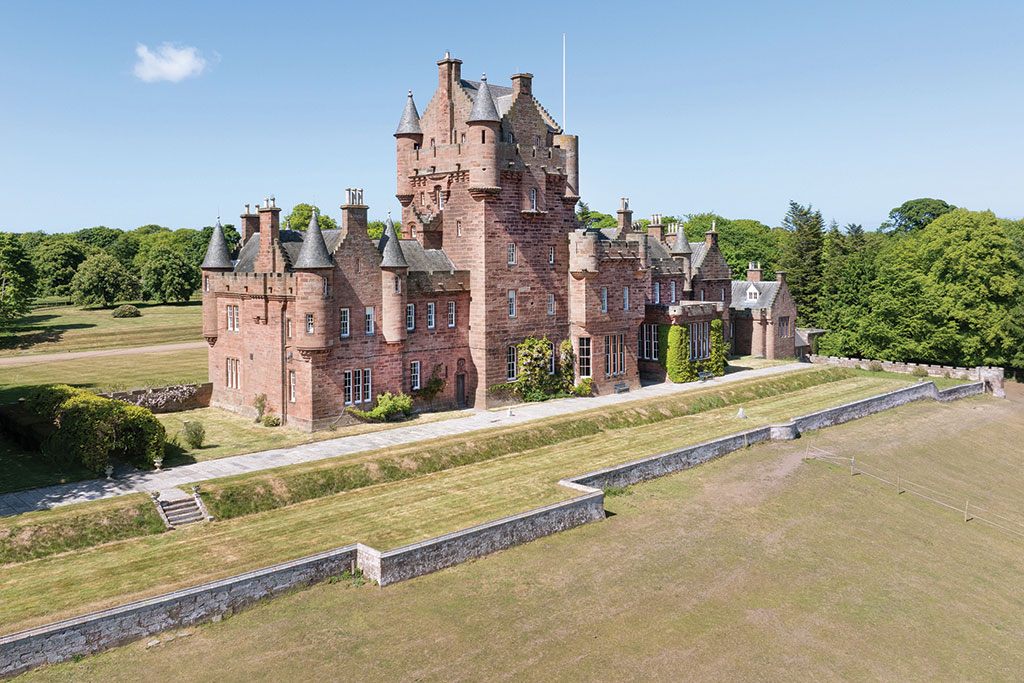Review: The Bath Priory – a charming stay in an elegant city
Matthew Partridge visits the Roman ruins and takes the waters at The Bath Priory hotel’s luxurious spa


Sam Weller in Charles Dickens’ The Pickwick Papers thought the spa waters at Bath had “a very strong flavour o’ warm flat irons”. I would have to agree, having tasted the waters for myself at the end of my tour of the historic Roman Baths.
But while the taste of the water may leave much to be desired, the enchanting city of Bath is agreeable in all other respects. It has, for instance, retained the charm of a large market town, along with much of its Regency-era architecture. And you won’t be short of things to see and do.
The Roman Baths are the main attraction, as you might guess from the name of the city. They were constructed in around AD70 and the baths were used for hundreds of years by the Romans, before they fell into disrepair when the Romans left.
MoneyWeek
Subscribe to MoneyWeek today and get your first six magazine issues absolutely FREE

Sign up to Money Morning
Don't miss the latest investment and personal finances news, market analysis, plus money-saving tips with our free twice-daily newsletter
Don't miss the latest investment and personal finances news, market analysis, plus money-saving tips with our free twice-daily newsletter
From the medieval period onwards, the baths started to be used again for recreational and therapeutic purposes, achieving renown during the Regency and Victorian periods.
You can no longer bathe in them today, but you can tour what remains, with an audio guide giving a detailed description of the facilities. The tour also takes in a museum filled with Roman artefacts, including tablets with curses inscribed on them.

The Bath Priory will delight those who appreciate fine dining
Bath Abbey is another local attraction that should be on your list of places to visit. It hosted a community of Benedictine monks from the seventh century until the dissolution of the monasteries under Henry VIII in the 1530s.
The abbey has been remodelled several times, most notably by the famous Victorian architect George Gilbert Scott, becoming one of the largest buildings in Bath, towering over the Roman Baths. Hour-long tours run during the day, in which you can ascend to the belfry and clock tower.
My guides Emma and Helena gave me an insight into the history of the bells, including why at one point they led to the Abbey being nicknamed the “slaughterhouse” by angry locals.
A suitably graceful hotel
Any hotel that calls Bath home has to be of a sufficiently high standard, such is the elegance of the city. Fortunately, The Bath Priory hotel does not disappoint. It is also conveniently situated at just a 20-minute walk from the city centre and less than five minutes from the botanical gardens.
The hotel takes its name from the fact that the land was originally owned by Bath Abbey’s priory. It was built as a private house during the late Regency era, two years before Queen Victoria ascended the throne, and it became a small hotel in 1969. It was later bought by the Brownsword family, who currently run it as part of their renowned collection of luxury boutique hotels.

Deluxe rooms are spacious and tasteful
The garden, filled with a wide range of plants, is an attraction in its own right, and it is tended by Chelsea Flower Show silver medal-winner Jane Moore. Guests can also play croquet on the lawn, use the private boules court – perhaps getting in some practice for the tournament held every year in nearby Queen Square – or simply sip a drink on the garden terrace.
There is an outdoor swimming pool, but for those who prefer to relax inside, The Bath Priory’s spa is a must.
It is the first, and so far only, L’Occitane spa in Britain and it offers a selection of massages, facial and body treatments, including the hotel’s very own signature treatment, as well as a massage that combines Swedish, Chinese acupressure and Balinese techniques. The spa also has an indoor pool, along with a sauna and steam room.

A visit to The Bath Priory’s spa is a must
The perfect end to a day out
The Bath Priory offers two dining options for those who have worked up an appetite after a day’s sightseeing. There is The Pantry & Terrace, which is a more relaxed setting. And there is the Restaurant, which will delight those who appreciate fine dining. I enjoyed an outstanding dinner at the latter – Devon crab with lime, mooli and peanut chilli caramel to begin, followed by Cornish wild turbot, served with a scallop mousse, girolle mushrooms, sea vegetables
and Golden Oscietra caviar. For dessert, I opted for the dark hazelnut chocolate with butterscotch and passion fruit. Along the way, I was also treated to delicious, additional amuse-bouche.
As amazing as the food was, the thing that really impressed me about the restaurant was the quality of the service. That is something that is demonstrated throughout the hotel and most notable after a busy day spent visiting the Roman Baths and Bath Abbey, along with everything else this superb city has to offer. The Bath Priory takes special care of its guests.
Matthew was a guest of The Bath Priory. From £275 a night, based on two sharing, including breakfast. Package deals are also regularly available, including meals and experiences. Call 01225-331922 or visit thebathpriory.co.uk
Get the latest financial news, insights and expert analysis from our award-winning MoneyWeek team, to help you understand what really matters when it comes to your finances.

-
 The most influential people of 2025
The most influential people of 2025Here are the most influential people of 2025, from New York's mayor-elect Zohran Mamdani to Japan’s Iron Lady Sanae Takaichi
-
 Millions of parents are missing out on up to £720 a year in extra pension cash – are you affected?
Millions of parents are missing out on up to £720 a year in extra pension cash – are you affected?A mum who narrowly missed out on the pension boost said she “never knew the government rule existed” and wants other parents to use it
-
 8 of the best properties for sale with indoor gyms
8 of the best properties for sale with indoor gymsThe best properties for sale with indoor gyms – from a four-storey mews house in London’s Knightsbridge, to a 1920s Arts & Crafts house in Melbury Abbas, Dorset
-
 8 of the best houses for sale with beautiful fireplaces
8 of the best houses for sale with beautiful fireplacesThe best houses for sale with beautiful fireplaces – from a 15th-century cottage in Kent to a 17th-century palazzo in Oxfordshire
-
 The top last-minute Christmas gifts
The top last-minute Christmas giftsIt’s not too late to give the perfect present this festive season – we round up a selection of last-minute Christmas gifts worth giving
-
 Lights, camera, action: Where to see the Northern Lights
Lights, camera, action: Where to see the Northern LightsThe Northern Lights are the most spectacular they’ve been in years. Here’s where to see them
-
 8 of the best ski chalets for sale now
8 of the best ski chalets for sale nowThe best ski chalets on the market – from a traditional Alpine-style chalet in Switzerland to an award-winning Modernist building in Japan’s exclusive ski areas
-
 The best Christmas gifts for your loved ones
The best Christmas gifts for your loved onesWe round up the best Christmas gifts with a touch of luxury to delight, surprise and amaze family and friends this festive season
-
 The best UK Christmas markets for a wassail of a time
The best UK Christmas markets for a wassail of a timeWe round up the best UK Christmas markets to visit, from London's Hyde Park Winter Wonderland to Edinburgh's Princes Street Gardens
-
 Reinventing the high street – how to invest in the retailers driving the change
Reinventing the high street – how to invest in the retailers driving the changeThe high street brands that can make shopping and leisure an enjoyable experience will thrive, says Maryam Cockar